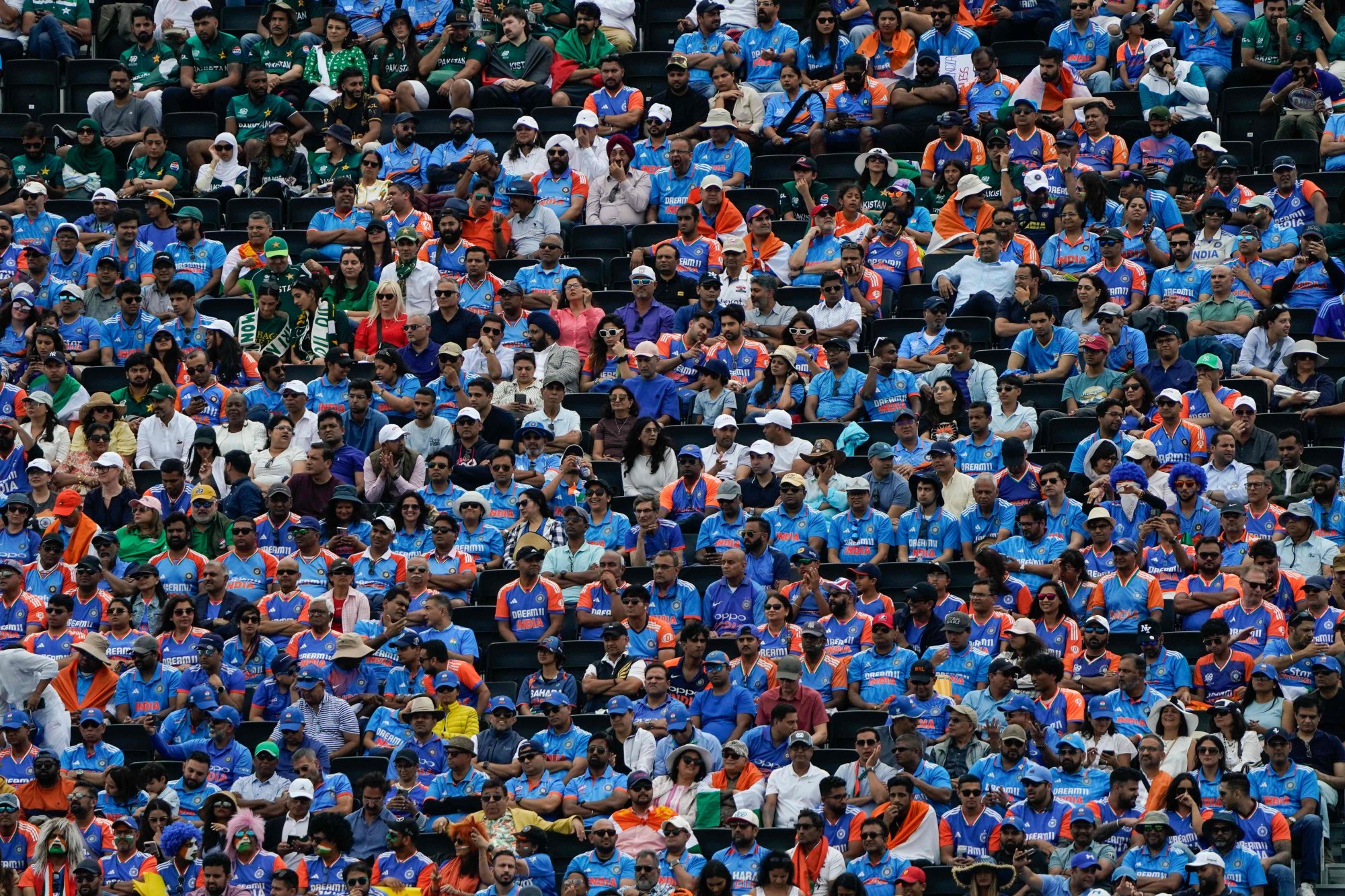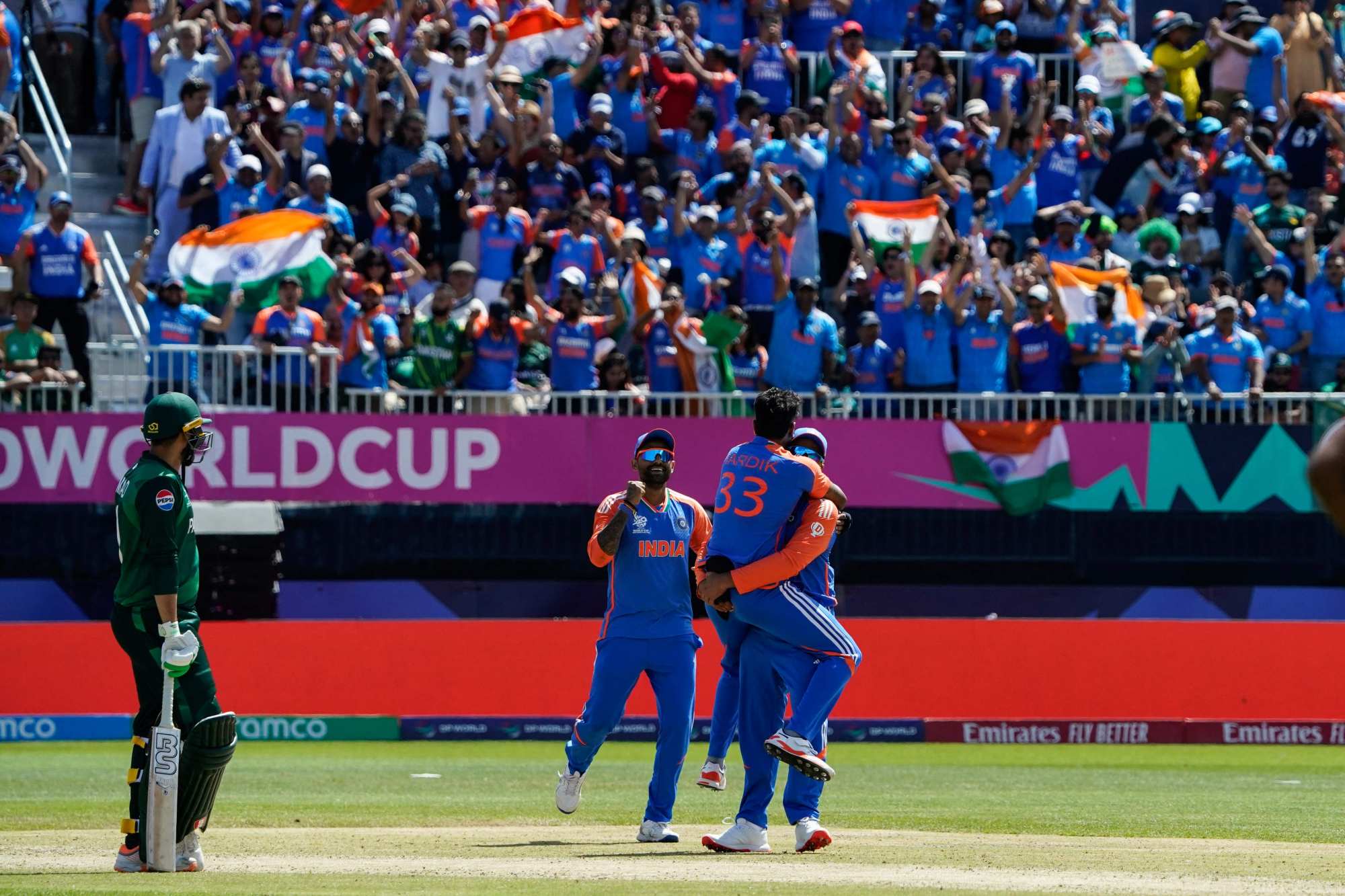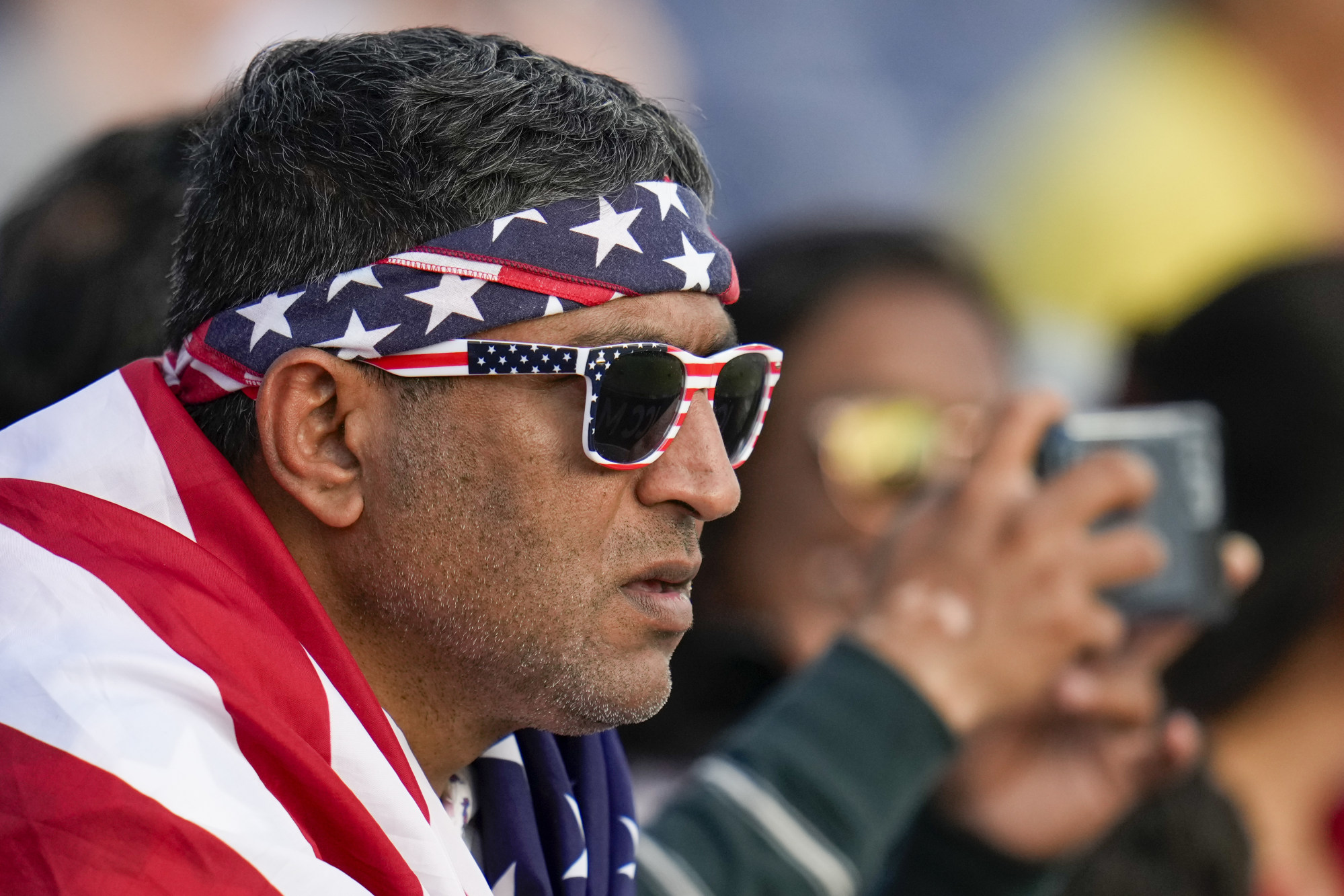Cricket
Cricket diplomacy: India leads South Asia charge to engage US through sport

After many failed attempts in the past to gain mainstream visibility, cricketing nations, led chiefly by India, are trying to make inroads into the American sports scene through this ongoing global tournament.
This marks the first time the US is hosting the global cricket competition, a hugely popular event in parts of the world including South Asia, Britain, Australia and the Caribbean islands that glues millions to their screens.
The 17th edition of the Indian Premier League, which took place from March to May, registered a viewership of 520 million online and 510 million on television screens.
“Cricket is now at a point in its history where it is on the cusp of something significant that could herald a major global breakthrough,” said Simon Chadwick, a professor of sport and geopolitical economy at the Paris-based Skema Business School.
The second part of the T20 World Cup is being held at various venues across the Caribbean, with the final match scheduled for June 29.
The US, who lost to South Africa in their first Super 8 match on Wednesday, will face the West Indies and England this weekend.
“There are inherent features of cricket that align with how sports are historically streamed on television or online in the US. That creates commercial opportunities. Importantly, the power of the South Asian diaspora in the US is significant,” said Chadwick, who has been closely studying the global sporting ecosystem for over two decades.
Cricket in the US
Cricket, a bat-and-ball sport with 11 players on each side competing for maximum scores, was played in the US during the 19th century as a remnant of British colonialism. While the sport has faded from the American imagination over the decades, experts believe the time is ripe for its comeback.
The International Cricket Council (ICC), the global administrative body conducting international tournaments, ran newspaper advertisements ahead of the tournament featuring the Statue of Liberty holding a cricket bat alongside the slogan “Cricket has arrived”.

The attendance for the India-Pakistan match was sold out, while the games in which the host nation played had the stadiums almost at full capacity.
“In cricket terms, I am truly bowled over. This [hosting the World Cup] is a great recognition that our country is starting to embrace cricket, a sport so beloved in so many other countries around the world,” said Richard Verma, the US Deputy Secretary of State for Management and Resources, at a special reception hosted by the Department of State to commemorate the World Cup.
The US diplomat lauded the “expansiveness of cricket’s global reach” not only in the current tournament, but also how the sport was flourishing in the US.
“Having the US host the Cricket World Cup would have seemed unimaginable just 10 or 15 years ago. But today, Major League Cricket [domestic tournament] is flourishing in the United States,” he said.

The ICC is heavily controlled by India’s Board of Control for Cricket in India (BCCI), which is over 25 times richer than Australia’s cricket body, the second-wealthiest.
At the helm of the BCCI is Jay Shah, son of India’s second-most powerful politician, Amit Shah. This means any major development in the cricketing world will undoubtedly have political connotations.
According to Chadwick, the increasing influence of the South Asian community in the US and the saturated sporting ecosystem offer more opportunities for a sport like cricket to blossom in the coming years.
“US investors are starting to look for new opportunities in sports that have a global footprint with potential for commercial development. Cricket is a prime example of that. There’s room for sports like cricket to establish themselves and thrive in the US,” Chadwick said.
The international sporting community is also pivoting from the Global North to the Global South, which could be seen in other arenas as well, he noted.
In a bid to attract more fans, cricket has undergone transformations over the years, most notably introducing a shortened T20 format that condensed play into three-hour contests.

However, not everyone is convinced that the US will be bitten by the cricket bug any time soon, as the sport has not caught on at the community level.
Suresh Menon, a Bengaluru-based author and sports writer, said the ICC had only capitalised on the strength of the existing enthusiasm instead of making a stronger push to capture the American mainstream audience.
“America is not ready for cricket. You cannot get bowled by the fact that a bunch of Indians, Pakistanis, and supporters of Nepal are enthusiastic about the World Cup event in the US,” Menon said.
“The ICC hasn’t gone about it the right way. There are Americans who are keen on cricket. The ICC has not made use of them. There is no LeBron James. You should have had someone like LeBron James as a brand ambassador or at some level. It’s a celebrity-obsessed society. ICC should have made use of that.
“The choir is singing to the converted.”


)






